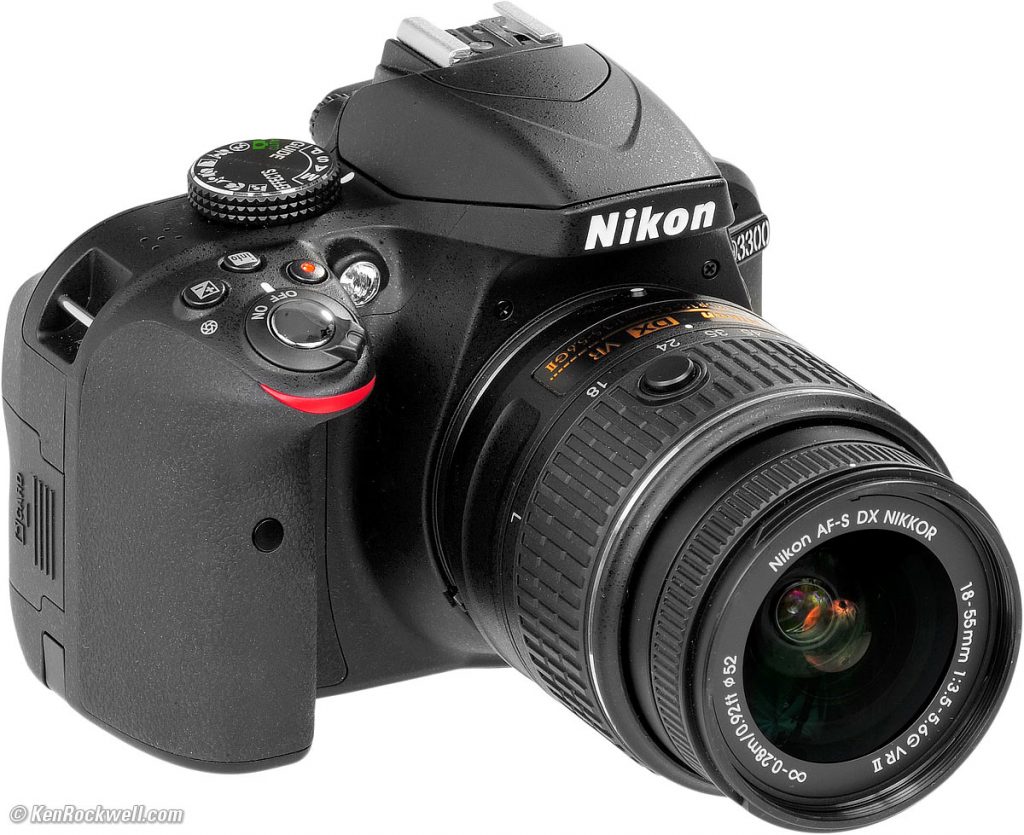Strictly speaking my first DSLR isn’t my first SLR, I had a Praktica and a Fuji SLR in my late teens / early 20’s, back in the days when you put film in them and everything was done manually, no auto-focus or auto-exposure in those days. That’s not to say I knew what I was doing when I bought my first DSLR, but I did at least vaguely understand terms like “aperture” and “shutter speed” and knew that those combined with ISO formed the so-called “exposure triangle”.
In the old days you’d buy film of a certain ISO, set shutter speed via a dial on top of the camera, and aperture via a ring on the lens, and I had a laminated card showing common settings for various conditions, sunny day, cloudy day, indoors etc. I knew about the “sunny 16” rule which states that on a bright sunny day set aperture to f16, and shutter speed to whatever the ISO of the film is, so with the standard ISO 100 film shutter speed would be 1/100 of a second etc.
Of course things have come a long way since then so I had no real idea what constituted a good DLSR camera and felt somewhat bewildered by the huge array of features modern cameras have. On the basis I didn’t want to spend any more than I had to, I decided to buy the cheapest DSLR I could find, knowing I could trade it in for something better once I understood what specific features I needed. I knew there was a healthy 2nd-hand market for DSLR’s, and figured if I stuck to one of the big brand names, Nikon or Canon, I’d be fairly safe. As it happens I went for a Nikon D3300 simply because Currys (the nearest shop to me which sells cameras) did a bundle deal including a zoom lens which I figured I’d need, and the Canon equivalent wasn’t quite so high spec’ed.

The Nikon D3300 is a good camera, it has a modern 24mp sensor and takes good pictures, and has all the modes an enthusiastic amateur would need, including full manual mode if need be. I knew I’d be using the camera for motorsports, one of my big hobbies, and was a little concerned the D3300 might not be up to the task, but didn’t really understand where if anywhere it would be particularly weak. I figured using it would prove to me that “feature X” on that really expensive camera I couldn’t really afford was necessary after all.
Sure enough the D3300 does lack in certain areas when it comes to photographing fast moving things.
It only has 11 focus points, so it’s pretty bad at tracking moving objects and retaining focus on them. Also, shooting sports generally involves continuous shooting, i.e. rattling off a load of shots in quick succession and picking a few “keepers”. The D3300 shoots at 5fps, but not for long before the buffer is full. Higher spec’ed cameras have more focus points and shoot at higher frame-rates, for longer. But how much is enough, and at what cost?
The D7200, for example, has 51 focus points, shoots at 6fps, and has a huge buffer, but it’s £500 more expensive. The D500 has 153 focus points, shoots at 10fps, has a huge buffer, but it’s £1,500 more etc. Where do you stop, how much money is required to get an acceptable level of performance?
Also, the D3300 isn’t weatherproof, whereas the D7200 and D500 are. As I suspect I’ll be doing most of my photography outside this could be an issue, but then weatherproof cameras are of little value without weatherproof lens, and I don’t have any of those either. Guess I’ll have to buy a rain cover, which can be had quite cheaply.
The D3300 also lacks certain controls that would make life easier. I’ve taken to using Manual mode with Auto-ISO, which isn’t full manual but does involve setting the shutter speed and aperture manually. The D3300 only has one (rear) command dial, which by default sets shutter speed in Manual mode. Setting aperture means holding down the exposure compensation button and spinning the command dial. Better cameras have front and rear dials dedicated to setting shutter and aperture separately. Also, having to use the exposure compensation button to set aperture in Manual mode means exposure compensation is no longer available via a button. There’s another way of doing it, but it’s fiddly and involves going through the menus.
All in all although the D3300 is capable of most things, it just makes some things overly complicated due to the lack of dedicated buttons that higher spec’ed cameras would typically have.
For now though I think I’ll stick to the D3300, attempt to work around it’s short-comings, and see what I can afford in a year or 2, as and when I’ve proven to myself I need to spend money to achieve what I want.